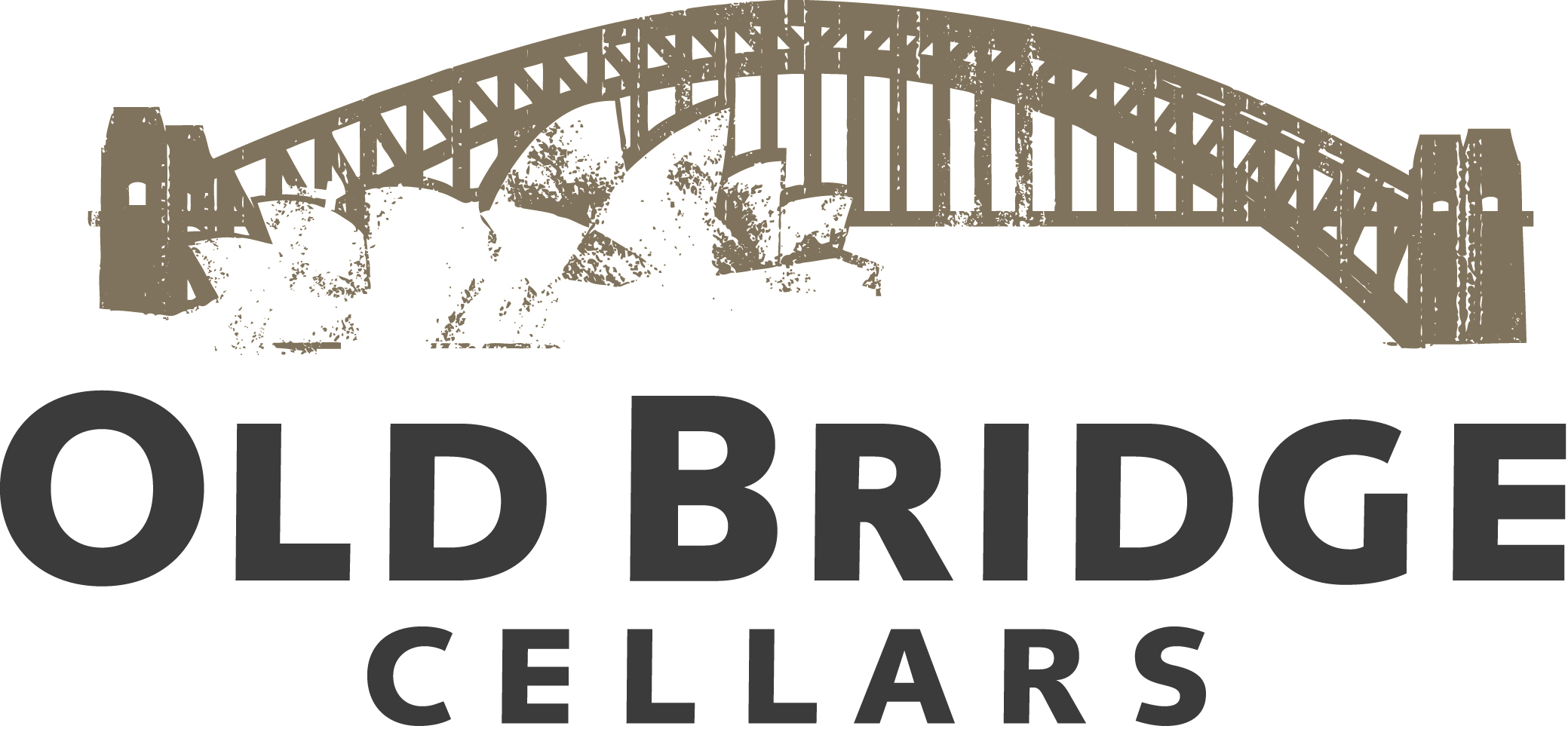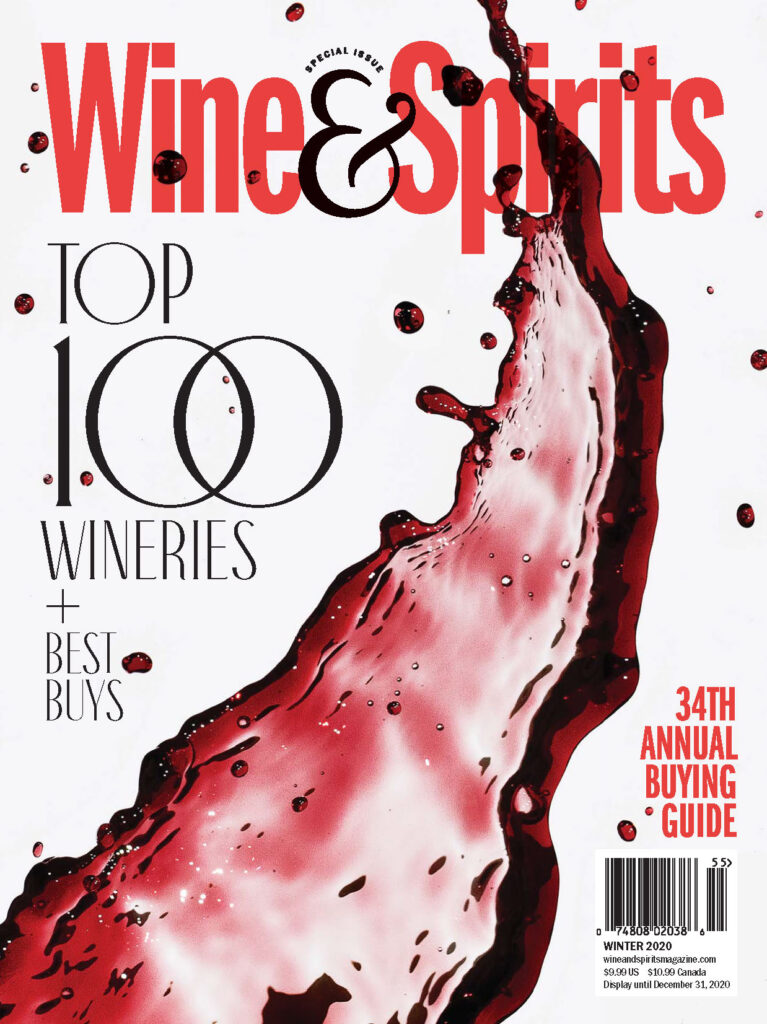

Old Bridge Cellars, Napa CA
Standouts in Australian Wine
Originally founded by Australian expat Rob MacDonald, Old Bridge Cellars as expanded under the ownership of Carlos Alvarez (of Corona beer), who purchased it in 2003. Rob Buono has been at the helm of Old Bridge since
2004, working with Aussie-born Gavin Speight to build the portfolio, extending into New Zealand, France and California. They focus on wines from independently owned estates in Australia, such as d’Arenberg, Cullen
and Chambers Rosewood, all represented in this issue.
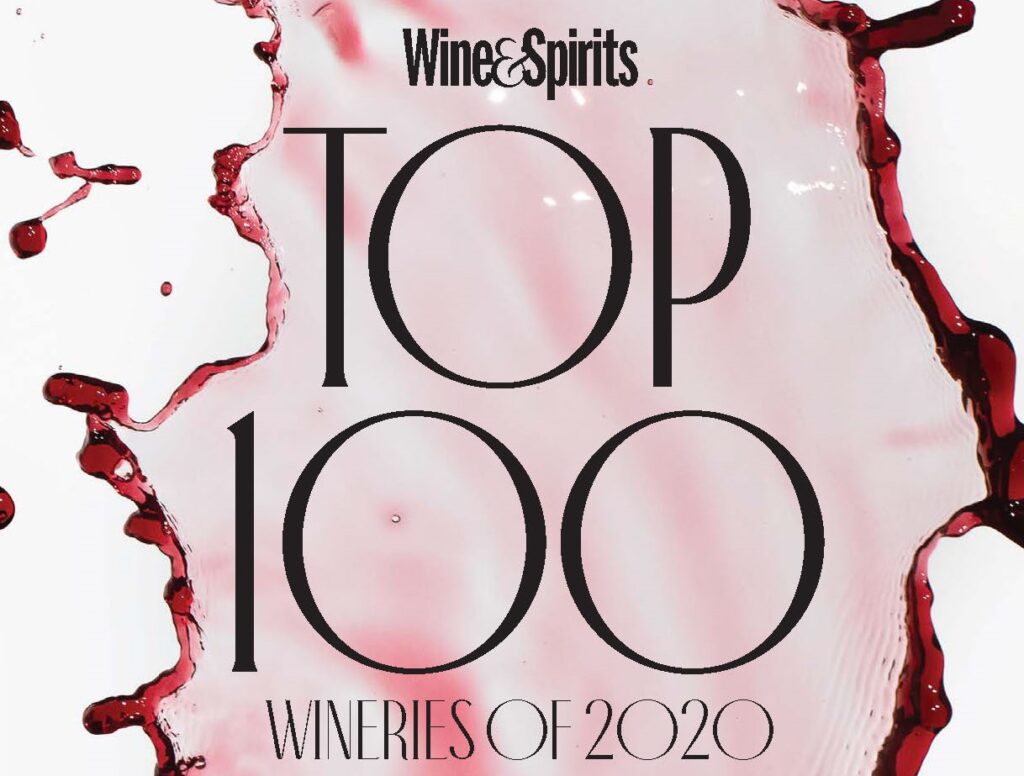
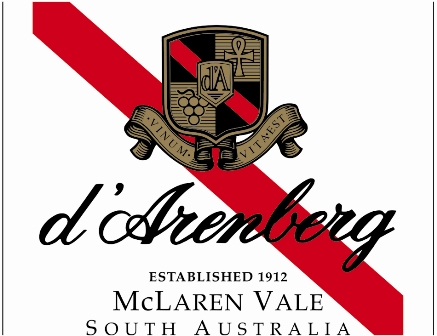
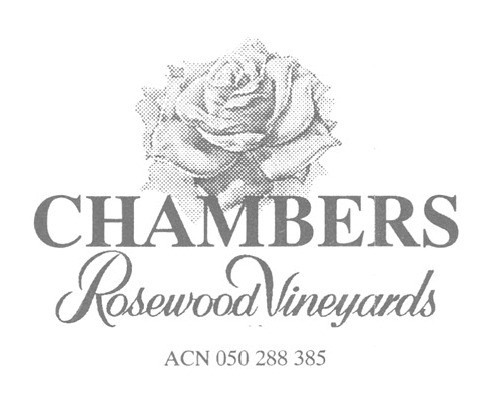
WHAT DOES IT TAKE TO BECOME one of the Top 100 Wineries of the Year?
Great wine, for sure, but more than that, consistency and devotion—the sort that enables a team to produce a range of exceptional wines in a single year. It starts with farming, whether in estate vineyards or those of talented growers. It extends to the winery, where care and attention transforms that fruit into wine without losing a sense of what it is and where it grew. And it includes the people, without whom none of the magic would happen. This is why we celebrate the wineries that have a track record for producing exceptional wines, as revealed through our tastings.
d’Arenberg
THE ARRAY OF D’ARENBERG WINES IS A window into the complexity of this venerable estate currently helmed by fourth-generation owner winemaker, Chester Osborn. Steeped in winery history, Osborn is a lover of modern art and an aspiring author (he dreams of penning a sci-fi novel titled The Unbelievable Grenache). That multidirectional focus is visible in the wines as well: Many are single-site bottlings, while Osborn’s top wine, the Dead Arm Shiraz, is a blend of old-vine fruit from across the estate’s vineyards. The multiple personalities of his portfolio range from dense, blue-fruited old-vine shiraz, along with its Rhônish sisters, grenache and mourvèdre, to sagrantino, nero d’avola, aglianico, montepulciano, carmenère, durif, mencía, tempranillo, souzão… And the list goes on. In all, 37 varieties of vines drag nutrients from the loam and quartz-and-ironstone-riddled clay of McLaren Vale. Osborn presents the wines from the latest additions in the context of human infl uenced climate change: His grandfather farmed shiraz and grenache while he finds himself exploring varieties that may, someday, outperform them in McLaren Vale. —S.E.S.
94 pts 2016 McLaren Vale Shiraz The Dead Arm The Dead Arm is Chester Osborn’s paean to his old vines struggling with Eutypa lata, a fungus that kills one of the canes, leaving the vine to produce a more limited and concentrated crop. He makes this in small open-top vats, foot-treading the fermenting must, then using a basket press and a mix of new and old French and American oak barrels to finish it. Bottled without fining or filtering, it’s a potent red with the ripe sunbaked-strawberry and fresh purple fruit flavors of McLaren Vale, bold and intense yet floral, cool and friendly. This is built to age for a decade or more as it slowly unfolds its outer layers and reveals its core.
93 pts 2018 McLaren Vale Mencía The Anthropocene Epoch This youthful mencía has a full robe of color and a velvet-rich texture, layering purple plum and notes of game in a brisk and spicy wine. Reductive at first, it opens to fruit intensity without excess weight, leaving a cool, graceful impression.
93 pts 2015 McLaren Vale Tempranillo Grenache Tinta Cão Souzão Sticks and Stones This combines four varieties from northern Iberia, taking a svelte shape that’s completely different from that of McLaren Vale shiraz. The flavors are gamey and meaty, with a twangy reverb in their smoky spice.
Chambers Rosewood Vineyards
STEPHEN CHAMBERS IS THE SIXTH-GENERATION winemaker at his family’s estate—a common enough story in Europe, but not so much in the New World. When I asked him how many harvests were represented in the bottle of Grand Muscat I held in my hand, his answer was 80-some, the work of four separate generations of Chamberses. The depth and complexity on offer when material is that old and varied is what routinely puts these wines in our top tier. That Grand Muscat’s oldest material dates to the 1930s, set down by third-generation winemaker William Henry Chambers. Taken further, the Rare Muscat includes roughly 50 vintages in each bottle, the oldest from the 1890s, right after phylloxera-induced replanting—and was made by William Henry as well. Stephen has maintained the Chambers patrimony since 2001, repairing the heirloom barrels, farming their old vines and, each year, fortifying new wines for the cellar before blending limited amounts of older wines for release. When you open these ancient treasures, parse out small sips over the course of
several weeks to enjoy the transformation of flavors. —S.E.S
95 pts NV Rutherglen Rare Muscat This dessert wine is extraordinarily savory up front, with a beautiful, lift ed sharpness to the flavor that’s striking in a wine of this age, color and sugar level. That moment of verticality sets up a long, slow denouement of citrus and stone fruit and smoky, bitter praline. All autumn sunshine, the wine’s vibrancy and supple textures gain ground after a month, even if the initial scent of roses is gone.
93 pts NV Rutherglen Grand Muscat Fruity and bright, with an apricot and nectarine freshness that seems improbable for a wine composed of elements dating back 90 years, this has an elastic tension that keeps the texture lively, even as warm wood spice lengthens the delicate fruit in the end. This is the color of a cannelé, and deliciously echoes that treat’s burnt-sugar notes.
93 pts NV Rutherglen Grand Muscadelle This is the ghost of a drippingly ripe summer peach, its wealth of sweet fruit now shaded in autumn tones of russet and scarlet red, lasting on golden-raisin freshness. Stephen Chambers blends this from barrels in his cellar dating back to World War I: It’s a massive, treacle-sweet wine to serve with candied hazelnuts and pecans, roasted walnuts or banana bread. All those flavors are there, wrapped up in the saturated texture of the wine.
Rose & Arrow
MARK TARLOV AND LOUIS-MICHEL LIGER-BELAIR founded Chapter 24 in 2012, basing most of their output on two wines—Fire, channeling the volcanic terroirs of the Willamette Valley, and Flood, grown in soils left by melting glaciers at the end of the last Ice Age. When, in 2014, Tarlov invited Chilean wine geologist Pedro Parra to consult for the brand, his discoveries could not be contained in the old model. Parra began to deconstruct Oregon’s underground, isolating the edges of lava flows at different moments in their evolution from rock to soil. The more attention he paid, the more variations he found in places once thought to be uniform. In 2015, Chapter 24 launched Rose & Arrow, focused on wines that live in these margins, built from vineyard sectors determined not by row or aspect but by subterranean logic. Felipe Ramirez, who worked with Liger-Belair and Parra in Burgundy, has been the winemaker on the ground since 2016, taking over fully since Liger-Belair left the team in 2019. He uses ambient yeasts to ferment the wines, and does not fine or filter them. “I have to listen,” he says of his effort to keep ego out of the process. “The amount of information from each vineyard is amazing. Each tank is like an ecosystem
of place.”—P.J.C
96 pts 2018 Hopewell Hills Gathered Stones Pinot Noir Studying the soils at Hopewell Hills, Parra found a lot of vesicles—tiny bubbles in the fractured basalt. He believes the vesicles help optimize the nutrient pathways from the soil to the vine roots. In fact, that ground provides a wine of stunning complexity and fulsome flavor. Its aromas are reminiscent of an Indian bazaar—cardamom, garam masala, ginger, chai, and spiced cacao—earthbound and compelling.
94 pts 2018 Worden Hill Pinot Noir This estate vineyard is the remnant of an ancient landslide in the Dundee Hills, the rock still weathering into soil. This wine is simple and gorgeous, all smoke and earthy red dust, dark plum and black cherry, with the feel of a leather glove warmed by sunshine.
94 pts 2018 Worden Hill 1st Red Dust Pinot Noir Pedro Parra isolated this pocket of basalt loam, a mélange flecked with pebbles, for a “First Expression” from Worden Hill. The wine’s dark-plum flavors are limned with cigar box notes, opening toward a nutty, walnut skin savor. The texture is suave and completely seductive, the wine a burst of cherry flavors seen through a walnut sepia tone.
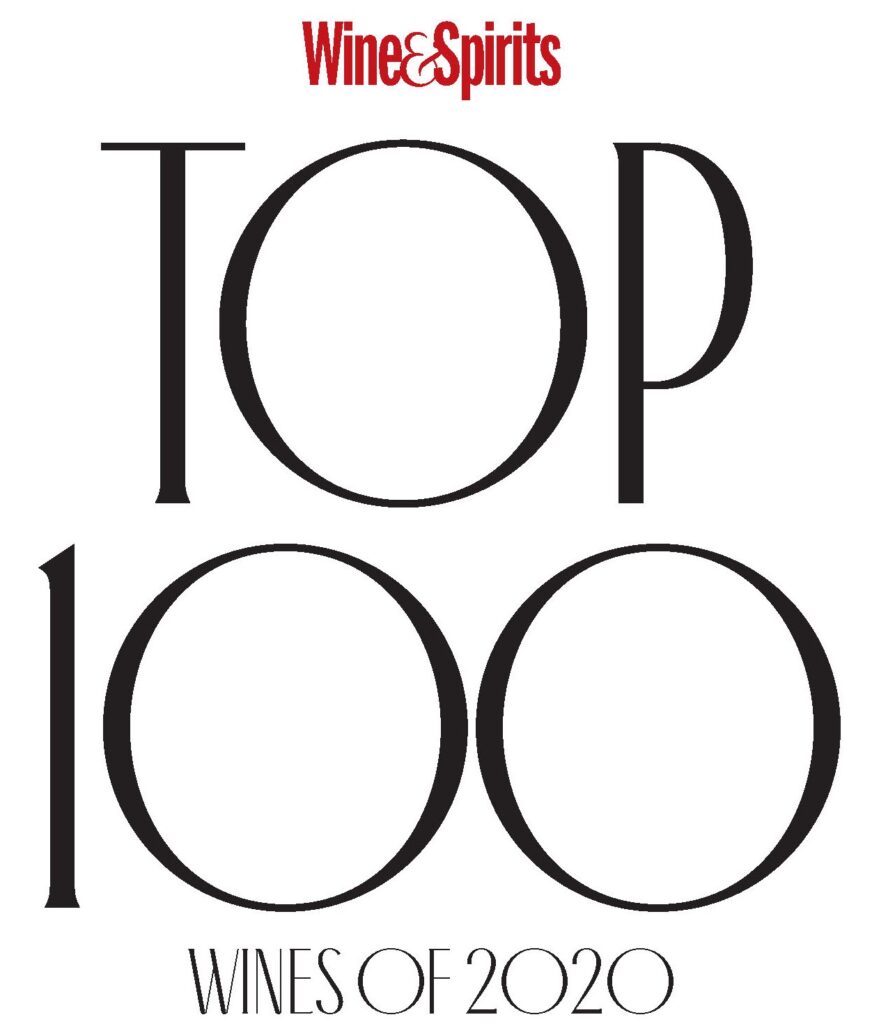
IT MIGHT NOT SOUND LIKE A hardship, but tasting 9,200 wines over the course of a year keeps our team of editors pretty well saturated with grape juice. What makes it worthwhile is when a wine lights up the tasting panel—one that inspires a conversation, a volley of pairing suggestions or just silence as we grope for words to describe the feeling it brings. Out of thousands of wines, the 100 in the pages that follow are the ones we are most excited to share with you. They hail from talented growers in places both familiar and little known, from winemakers working to present the identity of the place in a way that only adds to the wine’s delicious flavor. We hope you’ll enjoy them as much as we did. —PATRICK J. COMISKEY, JOSHUA GREENE, STEPHANIE JOHNSON, RACHEL DELROCCO TERRAZAS AND TARA Q. THOMAS.
AUSTRALIA DESSERT, BEST MUSCAT
96 points NV Chambers Rosewood Rutherglen Rare Muscat The Chambers family has been growing grapes in Rutherglen since 1858, maintaining a stock of fortified wine in casks that they treat like a solera. Steve Chambers, the family’s winemaker since 2001, pulls his Rare Muscat from barrels filled with wine that’s more than a century old. Having put his Rutherglen stickies aside for a month between tasting them and writing them up, I found the freshness of this Rare Muscat, in particular, seemed turbocharged by that interlude. Unlike some of the other ancient wines from Chambers’s cellars, this has none of the crypt and all of the autumn sunshine, its vibrancy and supple textures gaining ground after a month, even if the initial scents of roses are gone. —J.G.
96 points 2018 Rose & Arrow Hopewell Hills Gathered Stones Pinot Noir Hopewell Hills is a shallow-soiled fragment of fractured stone in the basalt structure of the Eola Hills. In 2018, it produced a wine like no other I’ve ever tasted from Oregon. It has a vigorous spiciness when first poured, a series of reductive aromas of tar and rail ties and oil that fall away one by one, revealing, by day two, a wine of stunning complexity and fulsome flavor. That industrial savor becomes a background the fruit rests on like a dancer on a stage. By day three, the wine’s aromas are explosive, reminiscent of a spice bazaar—cardamom, ginger, chai and cacao, all wound around expansive, pure cherry fruit. A bravura performance. —P.J.C.
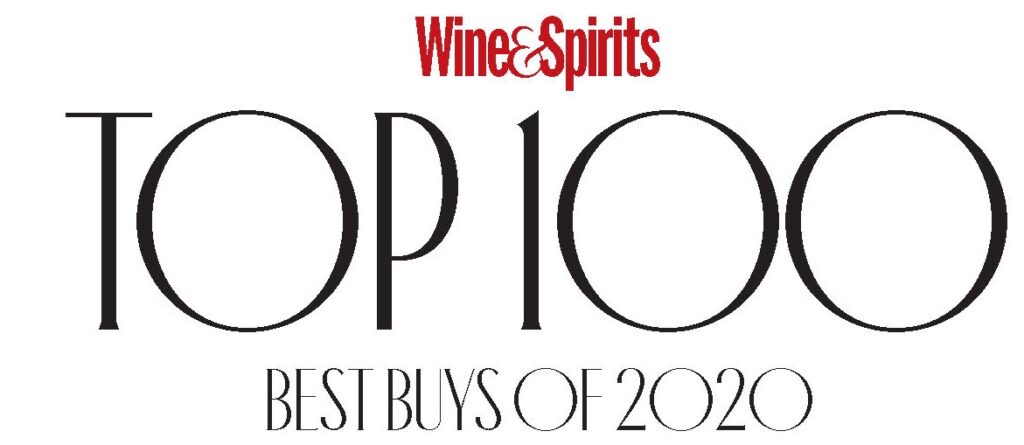
THE MORE YOU KNOW ABOUT WINE, the less you have to spend to drink well—and these 100 wines prove it. Each of them is a knock out, especially when compared to other wines from the same region at significantly higher prices. They range from an $11 Vinho Verde to a $65 Brunello di Montalcino; more than half cost $20 or less, including a 96-point Montsant and a 94-point Tokaji. Whether you’re looking for Barolo or Burgundy, West Coast cabernet or Willamette chardonnay, you’ll find great choices in this list. We’ve arranged it by country, starting with the US, by state and variety, then moving through the rest of the world by region. Patrick J. Comiskey, Joshua Greene, Stephanie Johnson, Rachel DelRocco Terrazas and Tara Q. Thomas provide the reviews.
93 points 2015 d’Arenberg Sticks and Stones Iberian grapes thrive in McLaren Vale’s contemporary climate, this blend being a prime example. It combines tempranillo (60 percent) and garnacha (okay, grenache), two varieties from Rioja, with souzão and tinta cão, important grapes for blends in the Douro. It takes a svelte shape that’s completely different from that of the region’s shiraz, the flavors gamey and meaty, with a vibrato reverb in their smoky spice. Everyone on the panel had a different idea for what to serve with it, from spicy Iberian lamb to andouille and baked cherries, to braised oxtail ravioli with crème fraiche, Madeira and truffles. —J.G.
92 points 2017 d’Arenberg The Footbolt Shiraz The Osborn family has been growing grapes or more than 100 years, ever since John Osborn sold his collection of racehorses, including Footbolt, to buy their original vineyards. During the South Australia government-sponsored vine pull of the 1980s, d’Arry Osborn and his son, Chester, bought up a lot of old vineyards and continue to preserve them today. The Footbolt includes fruit from vines aged 20 to 100 years, traditionally fermented and blended into a supple, black-fruited wine of gentle power. Umami undertones of roasted meat and mushrooms warm the tannins, while the clean, rich fruit lasts. This will bring some sophistication to a cookout. —J.G.
92 points 2018 Cullen Wilyabrup Dancing in the Sun This is a dry-grown blend of sauvignon blanc and semillon (with a little verdelho) from Vanya Cullen’s biodynamically farmed vineyard near the coast in Wilyabrup. There’s no oak to get in the way of this wine’s lovely fruit, the crunchy nectarine and kumquat flavors held tight, with a whisper of underlying creaminess at the liminal space between the earth and the sea. —J.G.
